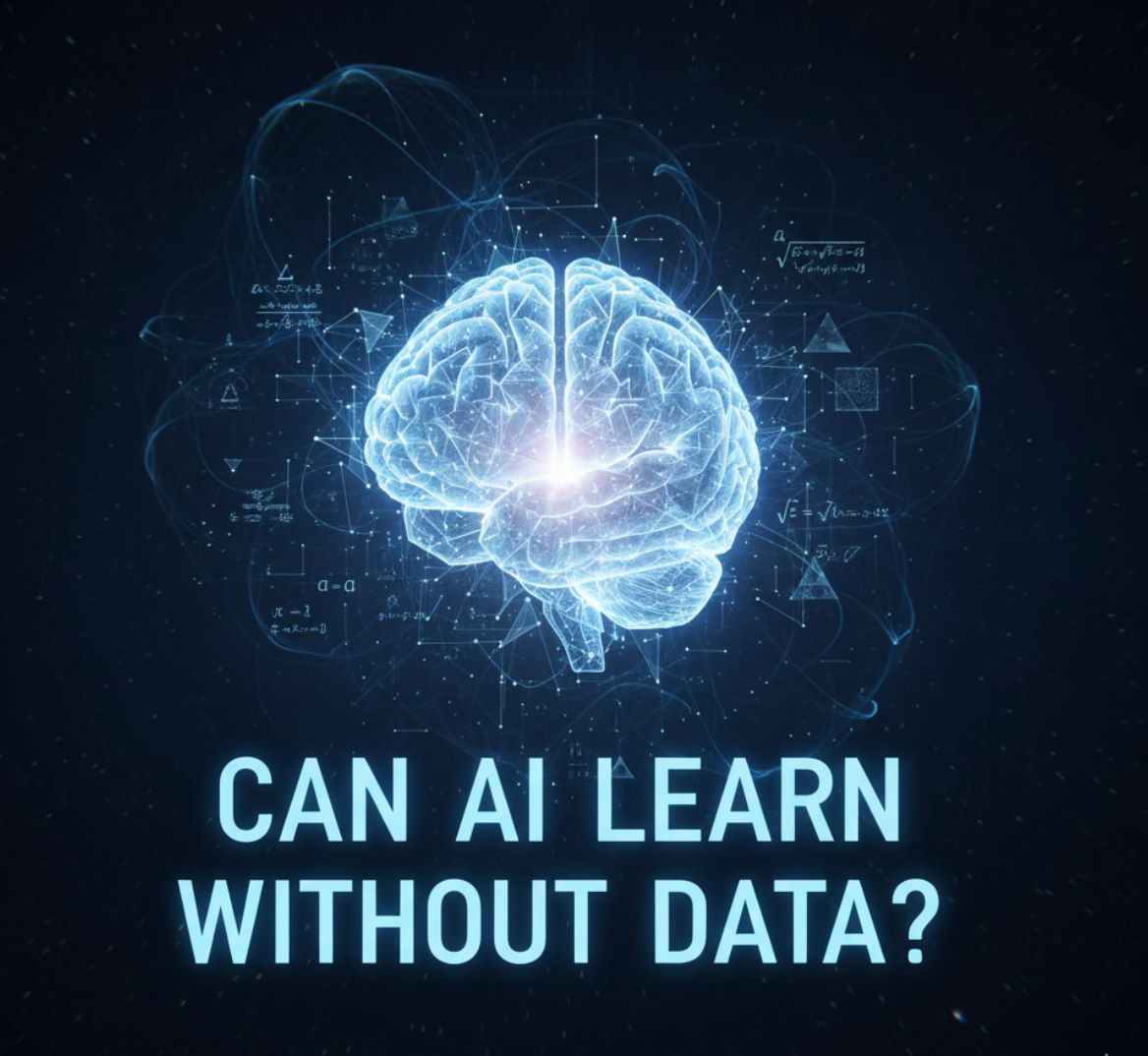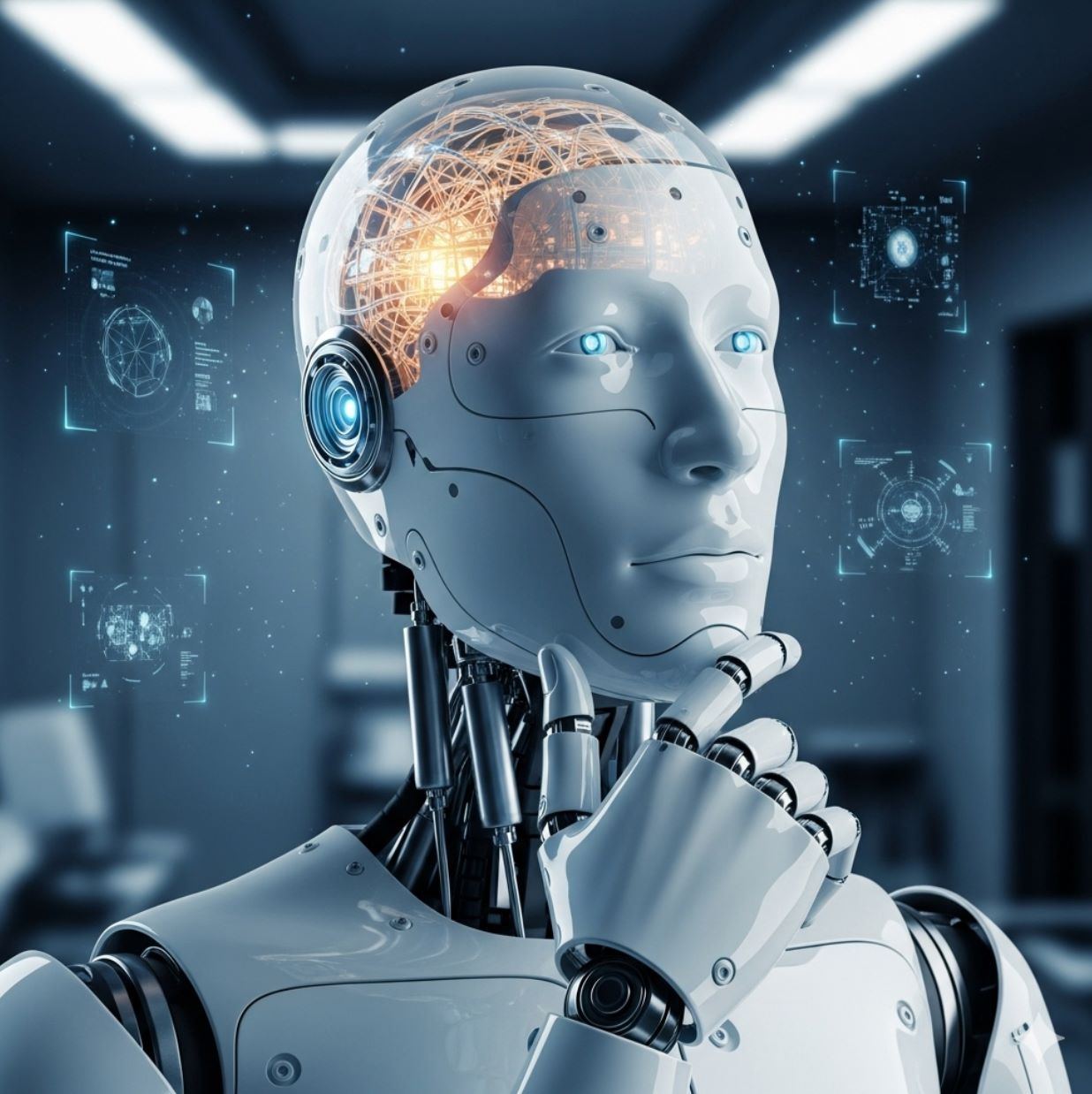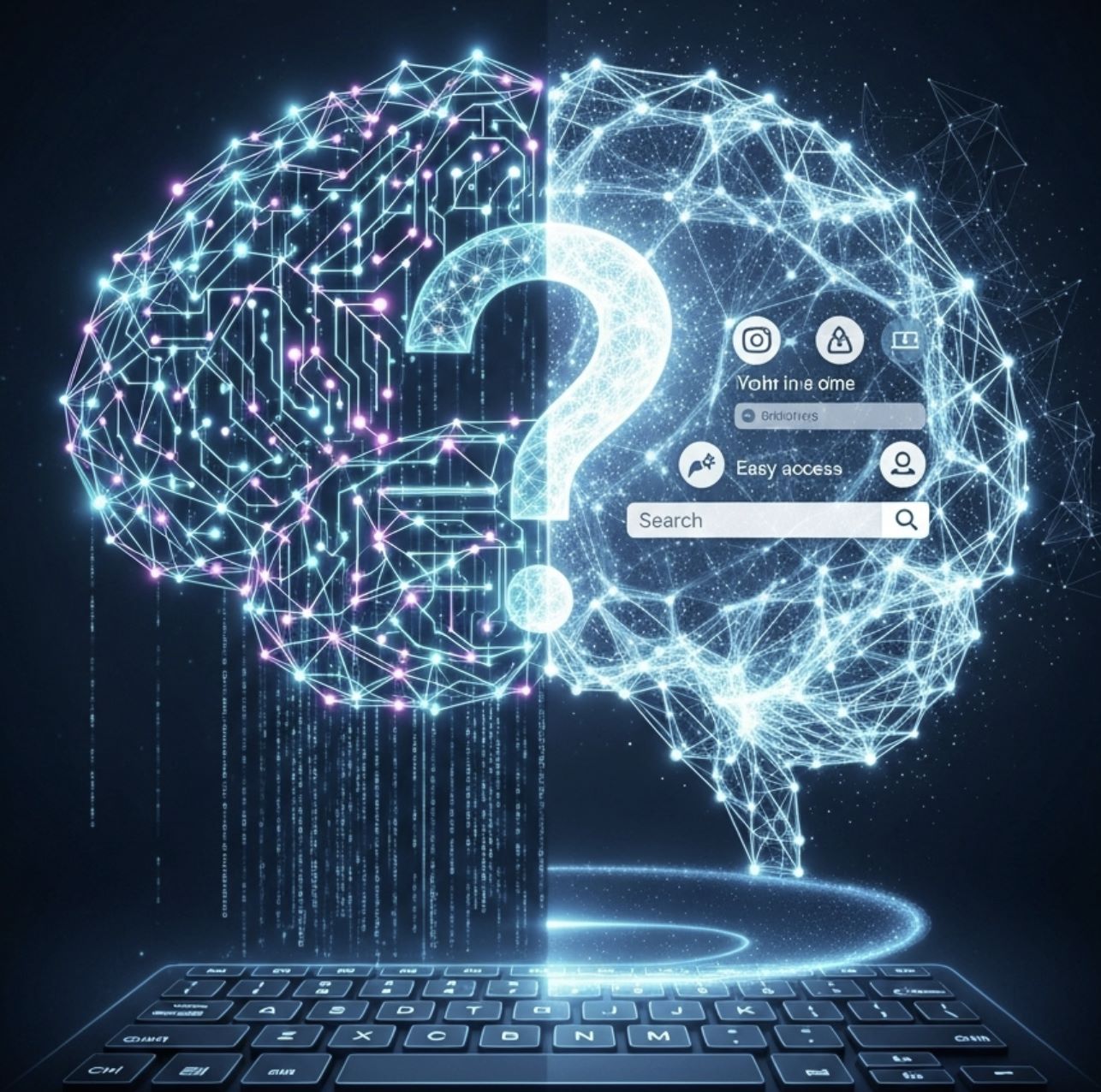How AI Chatbots Work?
Learn how chatbots use natural language processing (NLP), machine learning, and large language models (LLM) to understand questions, analyze intent, and generate natural, human-like responses.
AI chatbots are software programs that mimic human conversation. They take user inputs in natural language (text or speech) and attempt to respond helpfully. According to Microsoft, AI chatbots are applications that "emulate and understand human conversations".
For example, chatbots can answer questions, give recommendations, or automate tasks like booking appointments. IBM similarly explains that a chatbot "simulates human conversation," and notes that modern chatbots often use natural language processing to interpret questions and craft answers. In short, AI chatbots let people interact with computers using ordinary language, bridging the gap between human speech and machine logic.
Key AI Technologies
AI chatbots combine several advanced AI techniques:
Natural Language Processing (NLP)
Machine Learning & Deep Learning
Large Language Models (LLMs)

How Chatbots Understand Users
When you send a message, the chatbot applies natural language understanding (NLU) to it. It breaks the input into pieces (tokens) and identifies the user's intent (what the user wants) and any relevant entities (important details such as names, dates, or places).
Intent Recognition
Identifies what the user wants to accomplish
- Weather forecast query
- Booking request
- Information search
Entity Extraction
Captures important details from the message
- Names and locations
- Dates and times
- Numbers and quantities
For example, if you ask "What's the weather in Paris tomorrow?", the chatbot recognizes the intent (weather forecast query) and extracts the entities ("Paris" and "tomorrow").

Training AI Chatbots
AI chatbots are powered by language models trained on vast amounts of text data. During training, the model processes billions of words and adjusts its internal parameters to predict the next word in a sentence based on context.
Data Collection
The model is fed huge text corpora (for example, all of Wikipedia or the internet) and learns grammar, facts and common phrases from that data.
Pattern Learning
The model encodes knowledge implicitly in its parameters without memorizing text verbatim, learning linguistic patterns and relationships.
Response Generation
After training, the chatbot can generate new replies by predicting one word at a time, drawing on the patterns it learned.

Transformers and Large Language Models
Modern chatbots use transformers as their backbone. A transformer network converts words into numerical vectors and uses multi-head attention to relate every word in a sentence to every other word simultaneously. This lets the model capture context across the entire input.
Sequential Processing (RNNs)
- Process words one by one
- Slower training
- Limited context understanding
Transformer Architecture
- Process all words in parallel
- Much faster training
- Full context awareness
By stacking many transformer layers, we get a large language model (LLM) such as GPT-4 or Google's PaLM. These LLMs are trained to understand and generate language at massive scale, and they can even translate, summarize, or answer questions thanks to their enormous number of parameters.
Translation
Convert text between languages with high accuracy
Summarization
Extract key information from long documents
Q&A Systems
Answer complex questions across domains

Generating Responses
When responding, an AI chatbot may use one of two methods:
Retrieval-Based Approach
The chatbot selects an answer from a fixed set of possible responses (like a database of FAQs). Early chatbots worked this way. For a recognized question, the bot simply returns the stored answer.
Advantages
- Fast response time
- Reliable for expected queries
- Consistent answers
Limitations
- Cannot handle novel questions
- Limited to database content
- Less flexible responses
Generative AI Models
The chatbot generates a new answer word-by-word using its language model. At each step it predicts the next most likely word given the conversation so far.
Advantages
- Craft unique replies
- Handle novel questions
- More natural conversations
Challenges
- May produce incorrect answers
- Can generate nonsensical responses
- Relies on learned probabilities

Human Feedback and Conversation Context
Reinforcement Learning from Human Feedback (RLHF)
After initial training, chatbots are often fine-tuned with human feedback. Trainers review the chatbot's outputs and guide it to improve – they reinforce good answers and correct bad ones. This process, known as reinforcement learning from human feedback (RLHF), helps the system learn to avoid inappropriate or biased content.
Review
Humans evaluate chatbot responses
Flag Issues
Mark toxic or off-topic content
Improve
Model learns to avoid flagged responses
Conversation Context Management
AI chatbots also track conversation context. They can remember earlier parts of a dialogue and use that information to make replies coherent. For instance, if you ask follow-up questions, the chatbot knows you're referring to the previous topic and can answer accordingly.

Examples of AI Chatbots
Many familiar virtual assistants are AI chatbots. All these systems rely on the same core AI technologies to process language and generate responses.
Voice-Based Assistants
- Apple's Siri - Voice commands and queries
- Amazon's Alexa - Smart home control and information
Text-Based Chatbots
- Google's Gemini - Advanced conversational AI
- OpenAI's ChatGPT - General-purpose text conversations
Business Applications
- Customer service inquiries
- Appointment scheduling
- Shopping assistance and guidance
Web Integration
- Website customer support
- Mobile app assistants
- E-commerce recommendations

Challenges and Limitations
AI chatbots are powerful but imperfect. Because they always try to answer, they can sometimes hallucinate – confidently giving false or misleading information.
A chatbot is essentially "a machine performing mathematical calculations" to produce words. It does not truly understand meaning or intent like a human.
— AI Research Expert
Hallucination Issues
Chatbots may confidently provide false or misleading information, especially when dealing with topics outside their training data or when trying to fill knowledge gaps.
Inconsistent Responses
Chatbots may give different answers to the same question at different times due to their probabilistic nature and the randomness in text generation.
Misinterpretation of Queries
They can misinterpret vague or tricky queries, leading to responses that don't address the user's actual intent or needs.

Key Takeaways
AI chatbots work by combining natural language processing with machine learning and large-scale language models. They parse user inputs to detect intent, and then either retrieve a canned answer or generate a new one using a trained model.
Current Capabilities
Modern chatbots use transformer-based LLMs trained on huge text datasets
- Human-like fluency
- Vast topic coverage
- Natural dialogue engagement
Future Outlook
Continuous improvement with more data and better training methods
- Enhanced accuracy
- Better context understanding
- Reduced hallucinations







Comments 0
Leave a Comment
No comments yet. Be the first to comment!